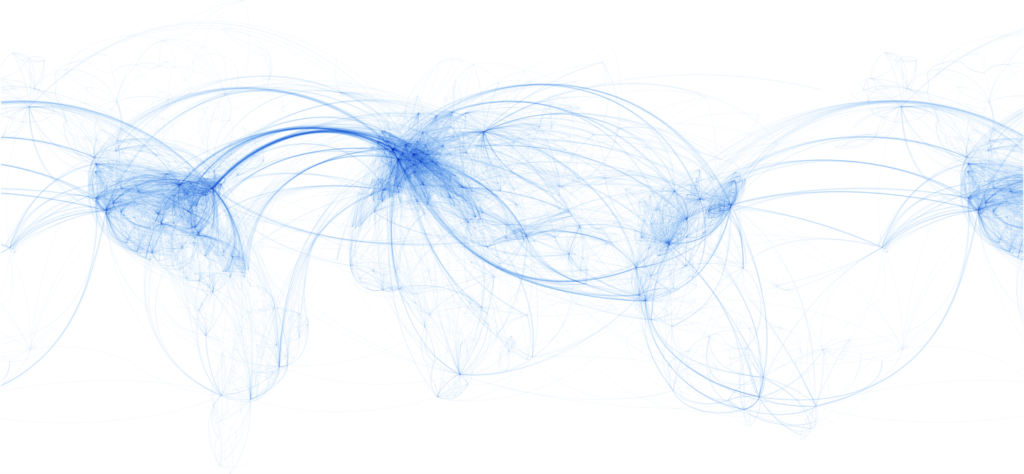The right to free mobility
The freedom to travel across borders has always been essential for our development and survival throughout human history. In the past, geographical and technological limitations determined how we could move around and to where. Today, it is mostly law that governs our access to mobility.

But how do the different legal rules and structures work together? What unforeseen consequences do they create for people’s behavior and mobility? And what happens when rules collide and create conflicts?
These are some of the subjects that the new DNRF center MOBILE will investigate. The center has just celebrated its official opening, and the head of the center, Professor Thomas Gammeltoft-Hansen, is looking forward to bringing together different research branches and building a completely new field of research.
Getting ready for breakthroughs
“One of the major challenges of working in this area is that there is no established field of research, to begin with. Today, those who work with, for example, migration, tourism, or free movement rarely talk to each other,” Gammeltoft-Hansen explained. He continued:
“One of the unique things about a center of excellence is that it creates the opportunity to bring together researchers who would not normally be in the same room. And we can build this core, where we try to get a closer look at the essence of the research and what happens across the boundaries we normally work with in legal research.”
Gammeltoft-Hansen added that the possibility of creating new breakthroughs is also closely linked to the fact that the center tries to set up a different and more interdisciplinary analytical framework that, on the one hand, can refer to mobility research in other disciplines and, on the other hand, use the topic to shed light on general legal issues.
International cooperation ensures local anchoring
MOBILE’s ambition is not only to investigate what mobility rules look like in our part of the world but also to try to understand what the rules might look like in South America or West Africa. Therefore, the center has teamed up with international partners, and in so doing, it has got a head start in ensuring a local anchoring in the different regions they will work in. It will also be important to recruit Ph.D. students and post-docs who understand the legal systems in the different regions.
“I hope that our research can contribute to an understanding of how differently you can design mobility rules and that we will learn more about what happens when we adopt rules in one area that may end up having consequences for all kinds of other forms of mobility in other areas,” Gammeltoft-Hansen concluded.
